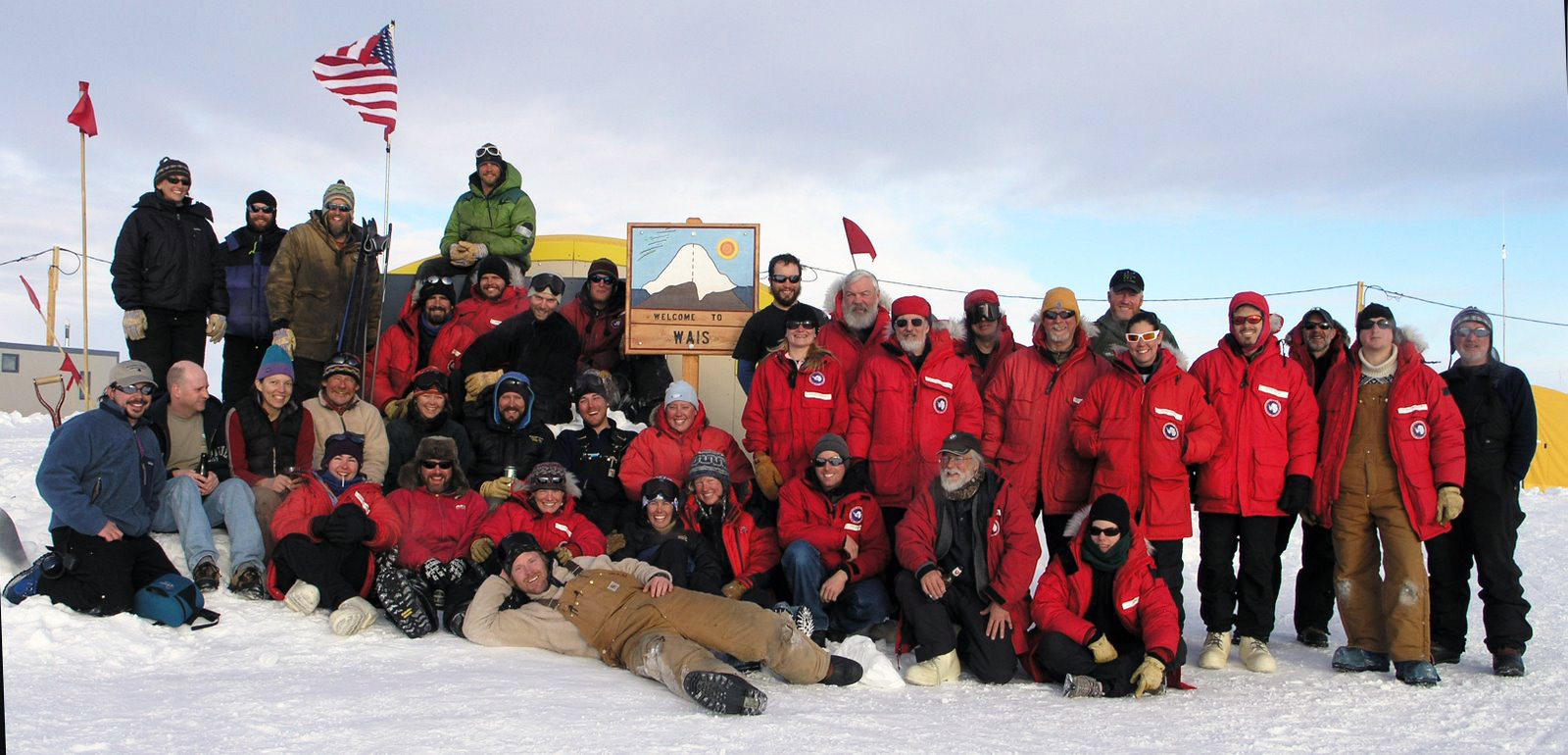News
End of Season Field Reports
2007-2008 Field Season
Raytheon Polar Services Company (RPSC) Activities at WAIS Divide 2007-2008
RPSC Project Manager: Matthew Kippenhan
Field Season Overview:
The third season for the WAIS Divide Ice Core Project ended on 05 February 2008. After another very busy, successful season the camp staff winterized the entire camp's infrastructure and equipment on snow berms until next October when everything will start all over again. This season focused on supporting 11 science groups and the ice coring project construction and start-up operations. Numerous twin otter flights utilized the smooth 10,000 foot skiway and fuel bladders throughout the summer months while nearly 40 LC-130 Hercules missions brought in passengers, materials, and bulk fuel regularly. However, poor weather conditions across the Antarctic continent impacted camp operations and flight schedules on several occasions, some of which shut down all aircraft operations for up to 10 days consecutively. Typically, adverse weather and cancelled supply flights means limited outside work and delays in material arrivals, so the team was constantly adjusting priorities to stay on track.
Foremost on the construction list was completing Phase 3 interior arch work and installing and commissioning the large Caterpillar generator modules in time to begin coring operations scheduled for 22 December 2007. Simultaneously, ICDS and NICL personnel were busy installing the DISC Drill and core handling line (CHL) equipment. Weather issues and delayed materials occurred in early December, so the power module project was delayed by two weeks making it difficult to complete on time. In response, the construction crew temporarily supplied electrical power to the arch facility for the remaining field season and resources shifted to finishing off loose arch projects. Once adequate power was supplied, the DISC Drill and CHL equipment was tested and eased into daily operations until the final core was produced on 20 January 2008. The arch facility is nearly completed with only a small punch list of items and issues to address prior to next season's startup. However, since the power module was not completely commissioned as scheduled, one of the first priorities for next season will be to finish them so coring operations can begin as early as possible.
As ice coring operations were ending, other science projects on-site were also winding down as the camp staff started to prepare for closing the camp. This is a large endeavor considering all tent structures are taken down, building modules closed up, and general cargo moved to the winter snow berms. Building winter berms begins several weeks before the camp closeout starts since it is a very time consuming activity and there is limited heavy equipment resources. Once winter staging is complete and the camp population is down to the last team necessary, all mechanical equipment is winterized and bermed for the winter also. The camp closeout usually takes a large camp and construction crew of up to 22 persons around 14 long days to complete.
All in all, approximately 709, 235 lbs of cargo, passengers, and fuel was flown in by LC-130 Hercules aircraft to support this season's construction, science, and operations. A peak population of 62 persons was at camp in early January. The camp staff and arch construction crew did another great and safe job in a very remote camp. With the addition of the CReSIS project next season, another busy, challenging field season is already in the works for 08-09.

Fig. 1: 2007-2008 WAIS Divide group photo. Credit: Brian Bencivengo

